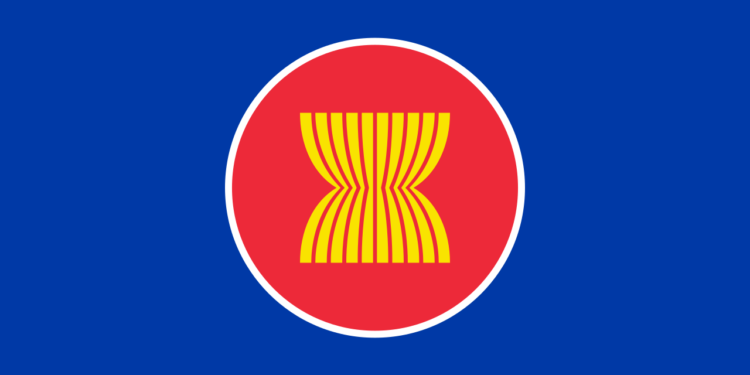The threat of cyberattacks is one of the most pressing security concerns in ASEAN. The region’s member countries are increasingly turning to cooperative and collaborative solutions to combat these threats, notably through the ASEAN Community. As a result, the creation of an ASEAN-Singapore Cybersecurity Centre of Excellence (C-CoE) was announced in 2018 as a key element of this cooperative approach. This blog explores the details surrounding this new C-CoE and how it could help advance cybersecurity in Southeast Asia.
What is a C-CoE?
A C-CoE is a cybersecurity institution that is based in one country and whose purpose is to help other partner countries with cybersecurity. It is a type of cybersecurity hub that is set up to help other nations with their cybersecurity needs. A C-CoE is an important part of the ASEAN Community’s cybersecurity strategy. It is a very unique concept that not all countries have set up. C-CoEs can be set up by any group of countries that want to work together on cybersecurity. The ASEAN-Singapore Cybersecurity Centre of Excellence is one such example. The center is funded by the governments of Singapore and ASEAN, which contributed $100 million (SGD) to establish it. The two founding parties will also contribute $300 million (SGD) to maintain the centre. As a cooperative cybersecurity centre, the ASEAN-Singapore C-CoE plays an important role in the ASEAN Community’s cybersecurity strategy. The centre is part of the ASEAN Community Framework, which aims to expand and strengthen ASEAN’s bilateral and multilateral partnerships in cybersecurity.
Role of cybersecurity in the ASEAN Community
When it was formed in 2015, the ASEAN Community became ASEAN’s first institutional step beyond the bilateral model of security relations. It focused on building a multilateral security architecture in ASEAN. The ASEAN Community is seeking to expand the use of multilateralism through policy-oriented initiatives such as the ASEAN Charter, the ASEAN Human Rights Mechanism, the ASEAN Terrorist Financing Detection Network (TFDN), and the ASEAN Community Framework. The ASEAN Community is also focused on improving ASEAN’s capability to manage a common security threat, particularly cybersecurity. The ASEAN Community Framework, which was launched in 2018, is a key part of this effort.
Challenges for the ASEAN Security Community
Cybersecurity is an issue that is close to the hearts of ASEAN member states, particularly since many of these countries are highly dependent on the Internet for economic and social progress. Moreover, cybersecurity is interlinked with many other issues such as human rights, development, and security. These factors make it difficult for ASEAN member states to tackle cybersecurity issues on their own. As a result, the region is increasingly turning to cooperative and collaborative solutions to combat these threats. A key element of this effort is the establishment of an ASEAN-Singapore C-CoE.
The Future of the ASEAN-Singapore Cybersecurity Centre of Excellence
The creation of the ASEAN-Singapore C-CoE is an important step towards strengthening ASEAN’s cybersecurity. It could also serve as a model for future collaborations between ASEAN member states and non-member countries in this regard. The ASEAN-Singapore C-CoE is a promising development for several reasons. First, the two founding parties—Singapore and ASEAN—currently have deep security and economic ties that make them natural partners for cybersecurity collaboration. Second, the latter’s support for the centre demonstrates the growing importance of cybersecurity in ASEAN. Third, the centre’s location in Singapore allows it to better serve the region.
Bottom line
Cybersecurity is an issue that touches everything in society. It is also a critical issue for ASEAN member states, many of whom rely on the Internet for their daily activities. The creation of an ASEAN-Singapore C-CoE is an important step towards strengthening ASEAN’s cybersecurity, and could serve as a model for future collaborations between ASEAN member states and non-member countries in this regard. The centre’s location in Singapore allows it to better serve the region.


